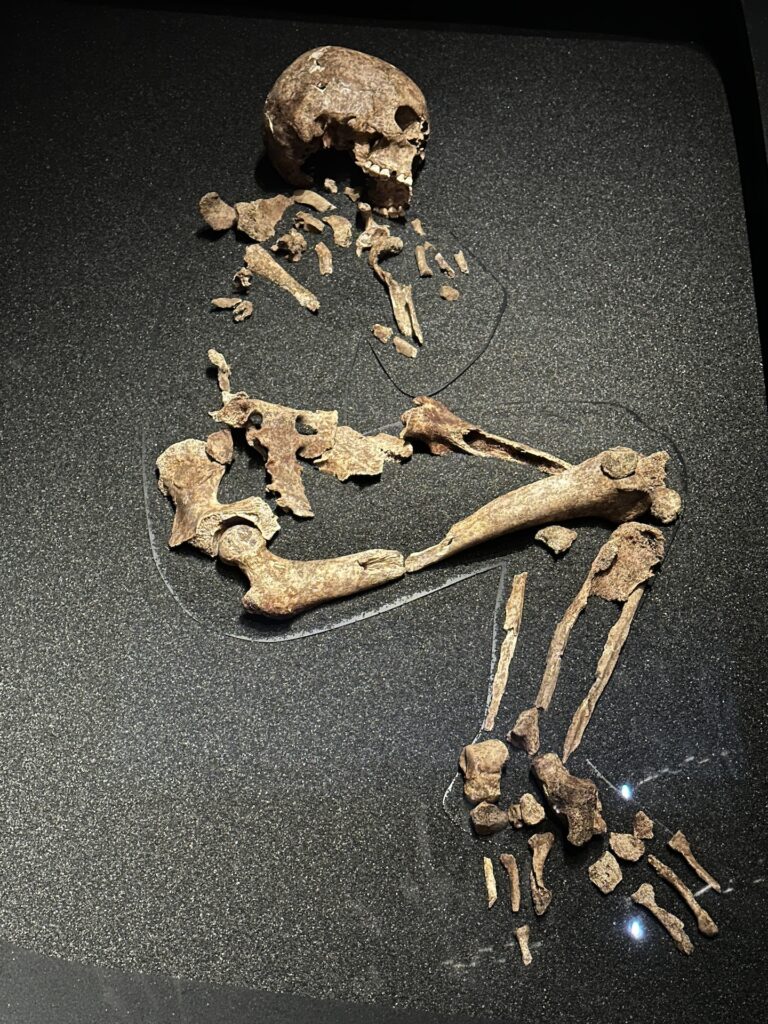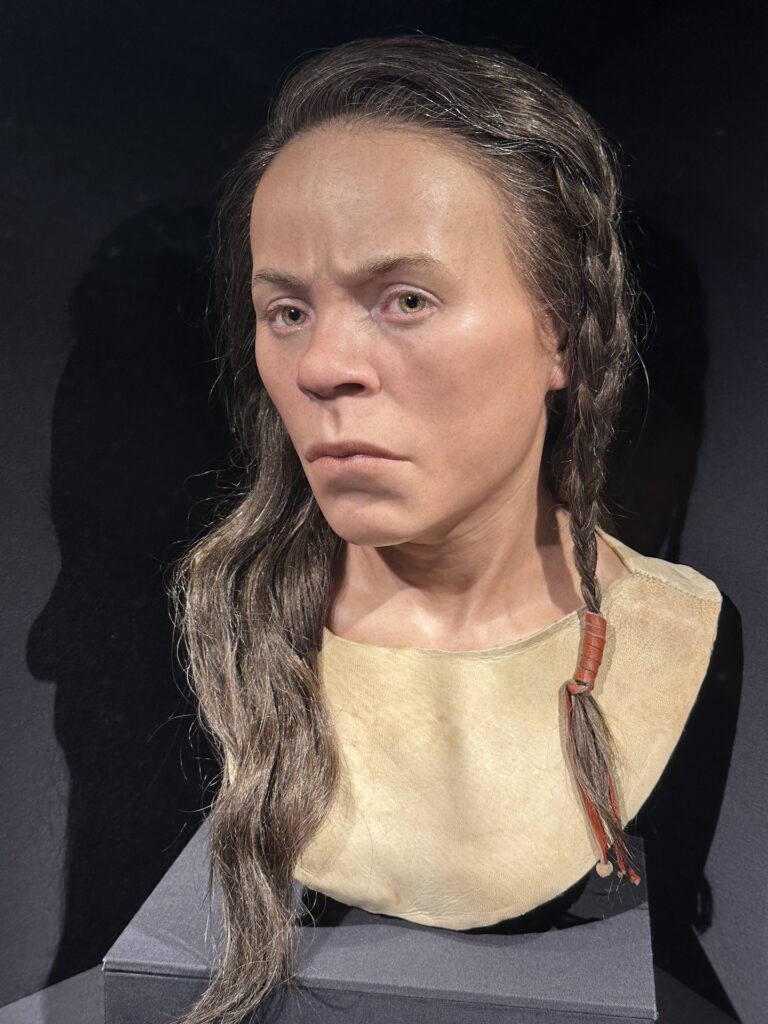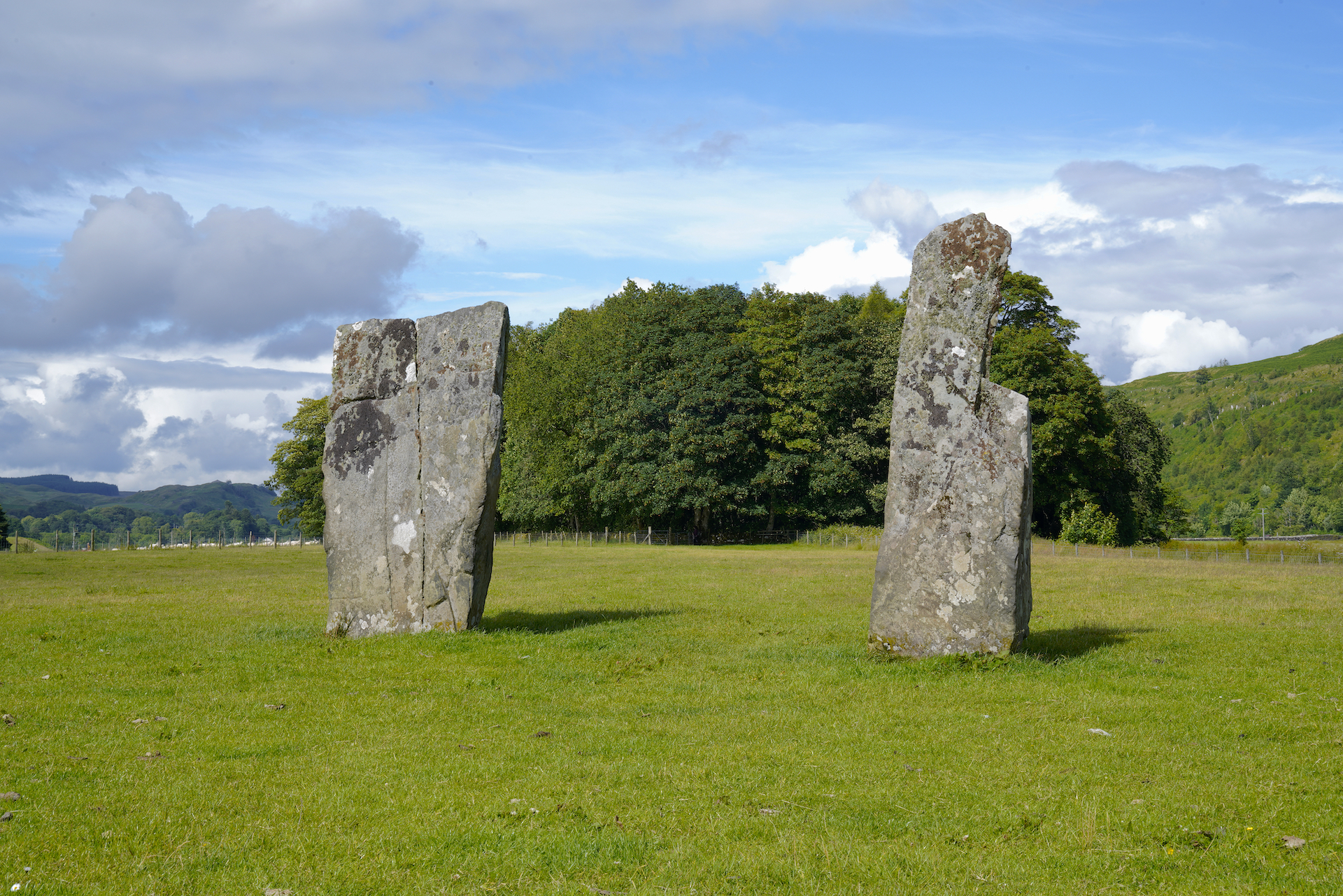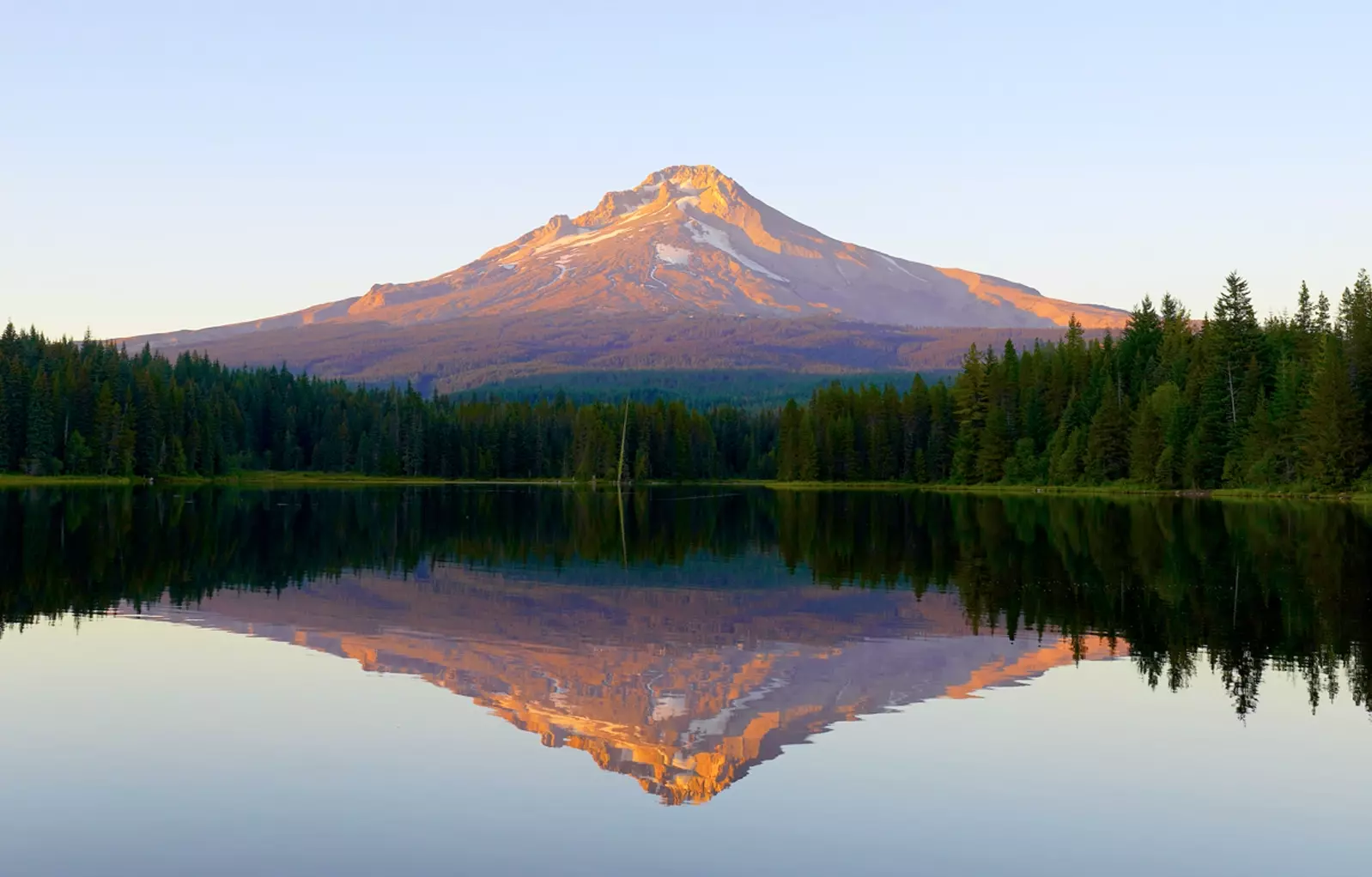Tucked away in a less-treveled corner of Scotland’s West Coast, pastoral Kilmartin Glen has been home to local inhabitants for around five millenium. Over 350 Neolithic and Bronze-age monuments, cairns, and rock art sties dot the fields in this picturesque glen, along with an important Dark Age hilltop fort, a historic church, and a Medieval castle ruin with one incredible view, all within a six-mile radius of the little village of Kilmartin. If you’re interested in exploring a concentration of the oldest sites in Scotland, look no further!
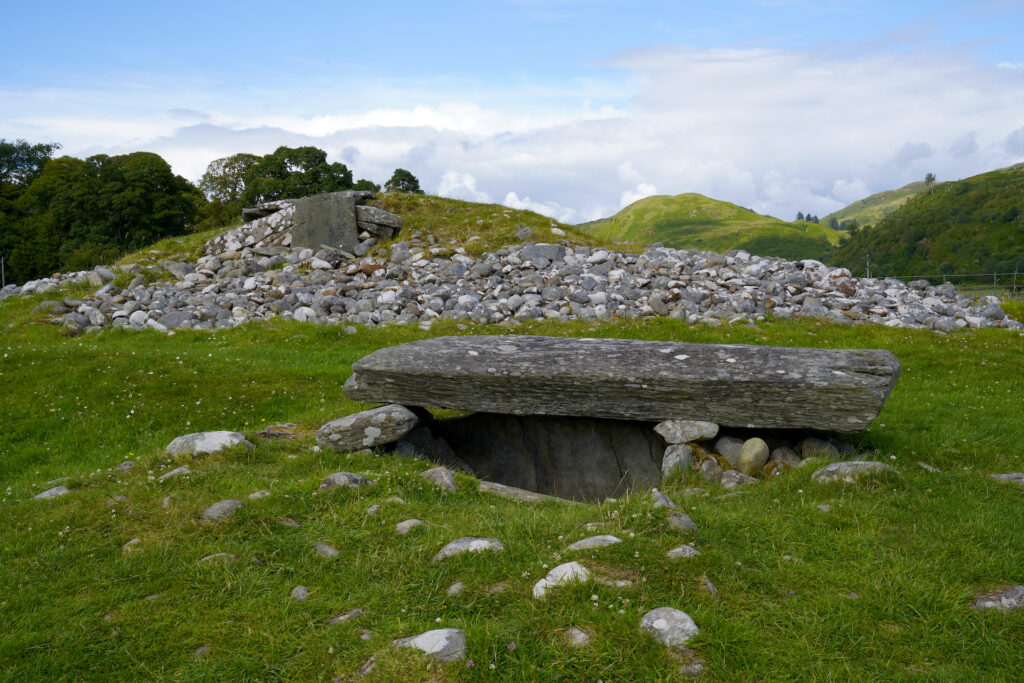
Kilmartin Museum
Start here! Admission to Kilmartin Museum includes a well-produced film and the museum’s truly wonderful collection of artifacts which trace the history of human habitation in the glen. The museum works in reverse, starting with more modern times, with each ensuing step taking you you further back in time. The museum’s collection includes skeletal remains and a facial reconstruction of an early resident of the valley (pictures are at the very bottom of the article as not everyone may want to see this.) For such a relatively small museum, this one packs a real punch! Plan to spend at least an hour sifting through the many displays and interactive elements, more if you really dive into each one fully. The museum also has a nice cafe for a light lunch. The museum in handicapped accessible.
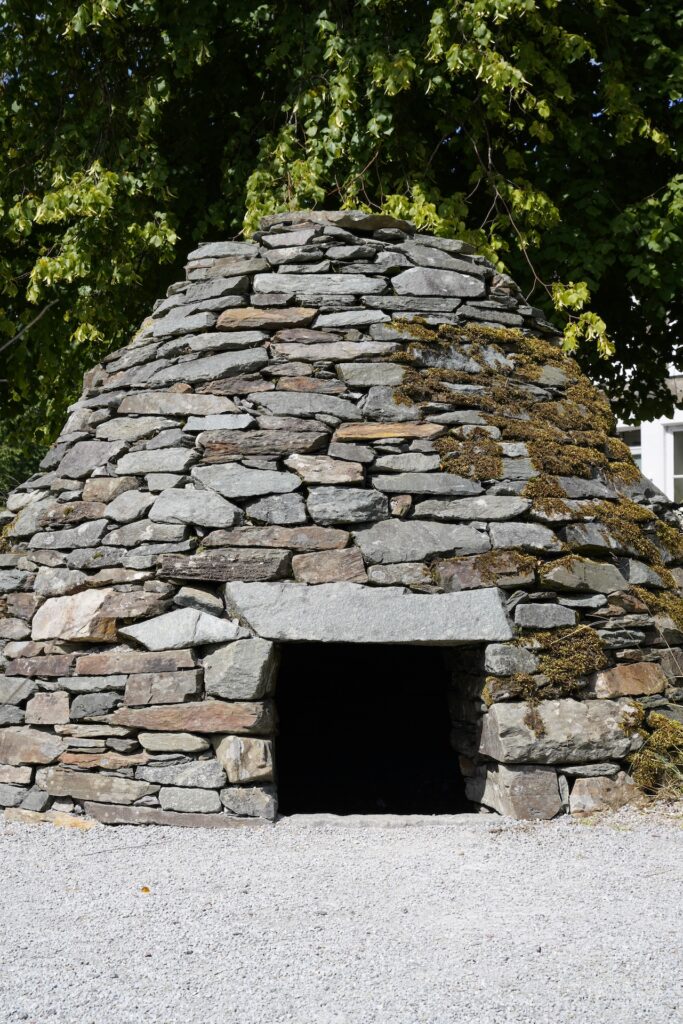
Kilmartin Church
Right next door to the museum stands Kilmartin Church which houses an impressive collection of carved grave marker stones, some dating back to the 13th century. Many stand or rest in the churchyard, while others have been moved indoors into a masoleum to help preserve their gorgeous carvings. Two stone crosses have been moved inside the church for protection as well. The current church building itself dates to 1834 but stands on the site of a succession of previous church structures here, the earliest of which may be attributed to St Martin, one of the first missionary-saints to arrive from Ireland in the 4th century, and for whom the glen is named. The church is handicapped accessible.
Glebe Cairn
Glebe Cairn is located behind Kilmartin Museum and Church. A trail leads down to the cairn.
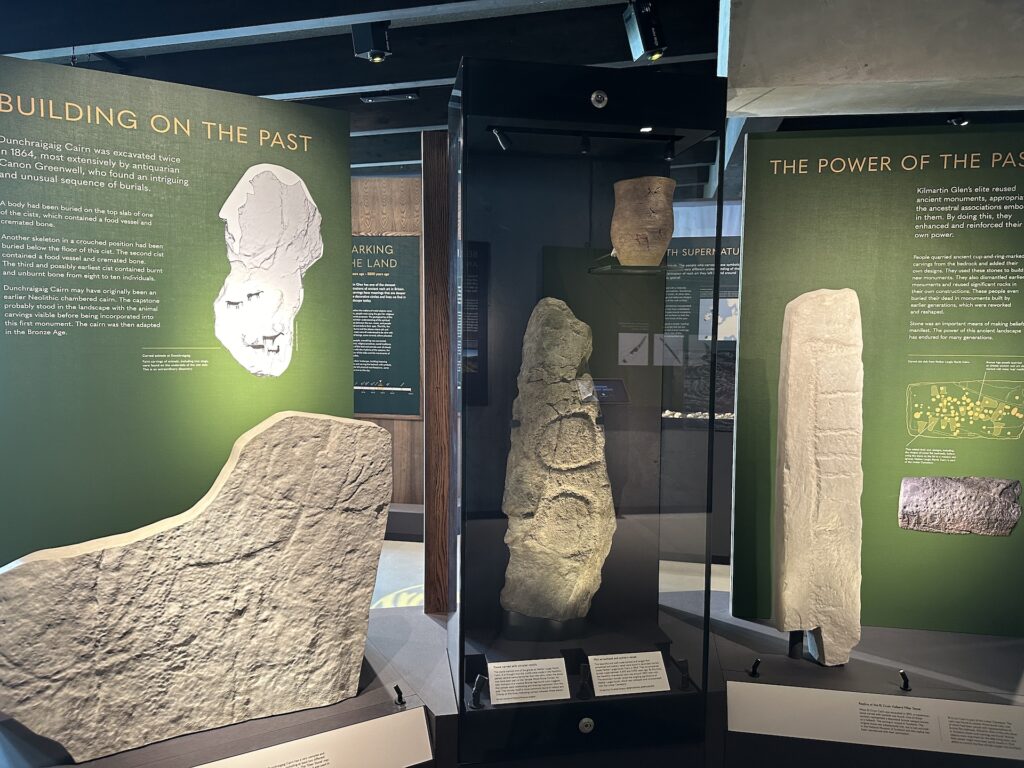
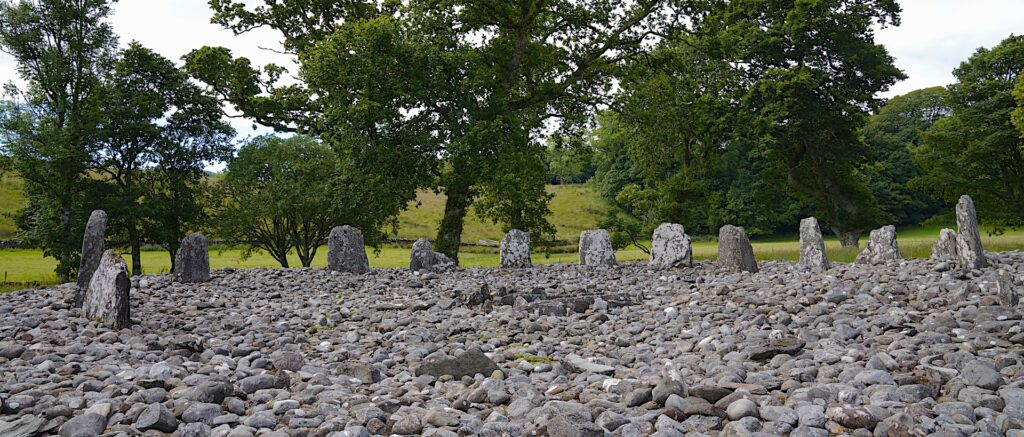
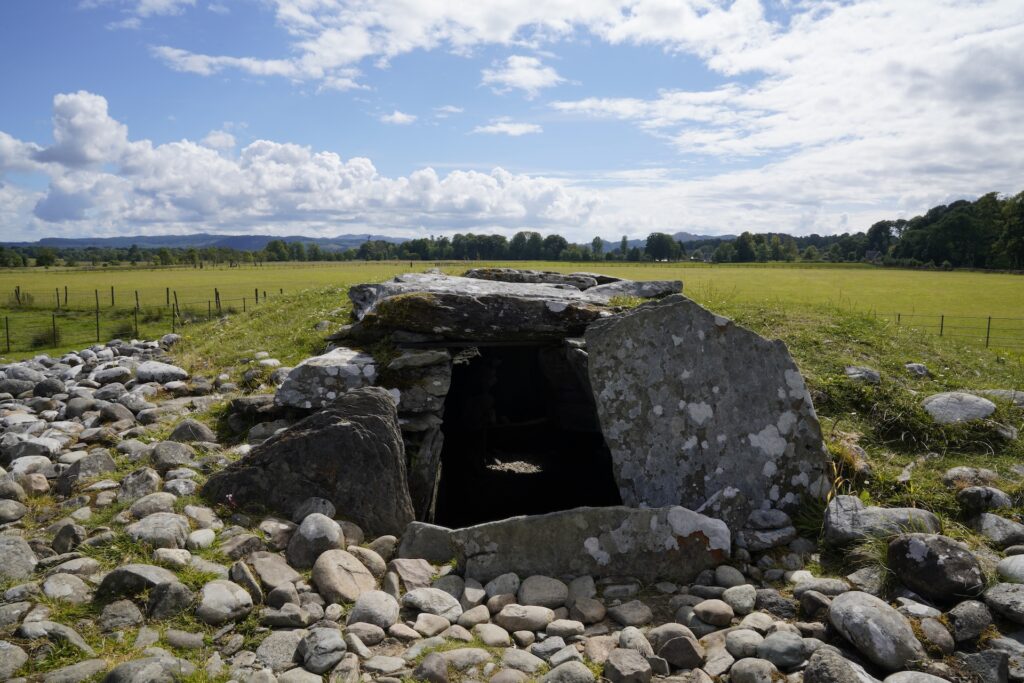
Nether Largie Stones and Cairns
About a kilometers south, just off the main road is Lady Glassary Woods carpark (south on A816, soft right onto B8025, carpark is almost immediate on the left) which provides easy access to a variety of neolithic monuments and structures. Cross the road and the stream into the field to find Nether Largie Standing Stones, arranged in a few groups, some featuring carved cup and ring marks. Continue through the field then turn left onto the paved road. Soon you’ll arrive at Temple Wood Stone Circle, with a second wood circle just north under the trees. A gate gives access to the site. Another few minutes up the road is Nether Largie South Cairn. You can actually climb inside of it! At nearly 5,000 years old, this is by far the most ancient site I have ever visited. Continue further up the road, then veer slightly left onto National Cycle Route 78 to reach Nether Largie Mid and North Cairns. The paved road next to Temple Wood and the National Cycle Route are all handicapped accessible.
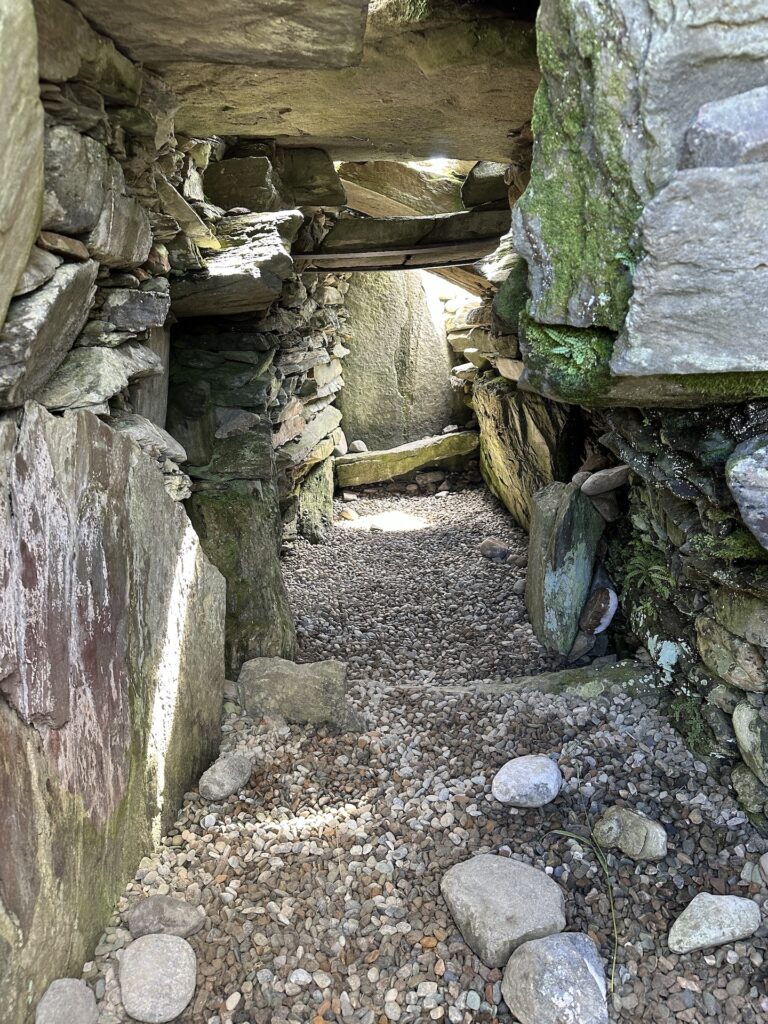
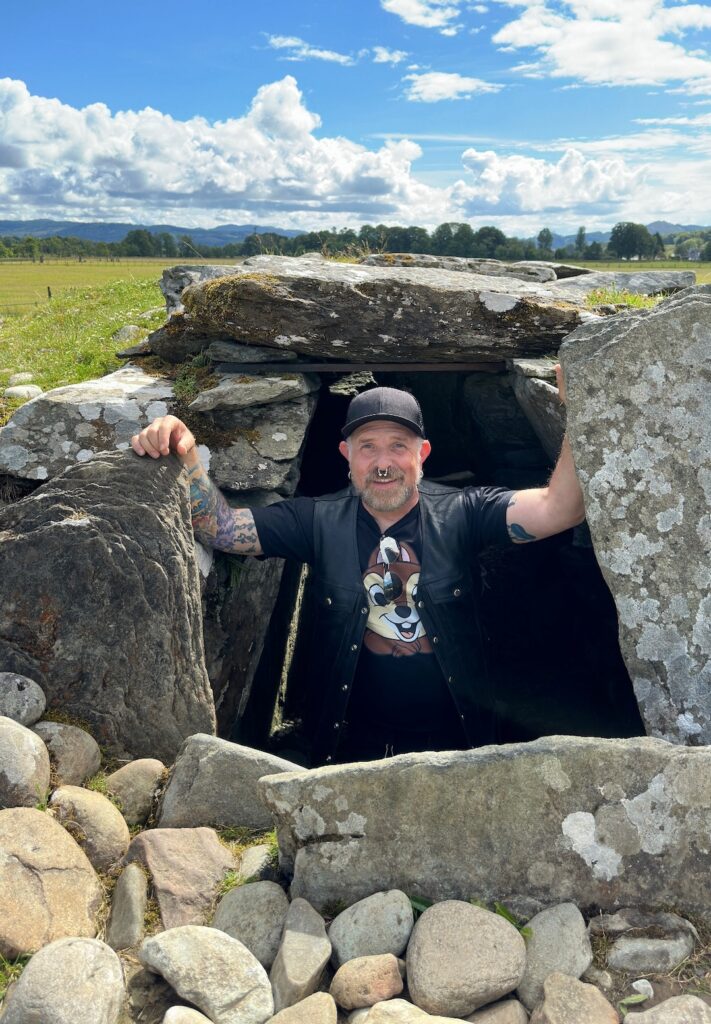
Dunadd Fort
Dunadd Fort rises over Moine Mohr, one of the last wetland areas of it’s kind left in the UK. Climb the small hill and find the footprint carved into the rock at the top – kings of the ancient Scotch-Irish kingdom of Dalriada ascended to the throne in a ritual where they placed their foot inside the footprint as they looked out over the land which was now their kingdom. The hike up is not too long or hard, and the view from the top is fantastic. Legends surrounding Dunadd include that the Stone of Destiny, which now resides in Edinburgh Castle, was used here during coronation ceremonies until around 840CE.
https://www.undiscoveredscotland.co.uk/kilmartin/dunadd/index.html
https://www.historic-uk.com/HistoryUK/HistoryofScotland/The-Stone-of-Destiny
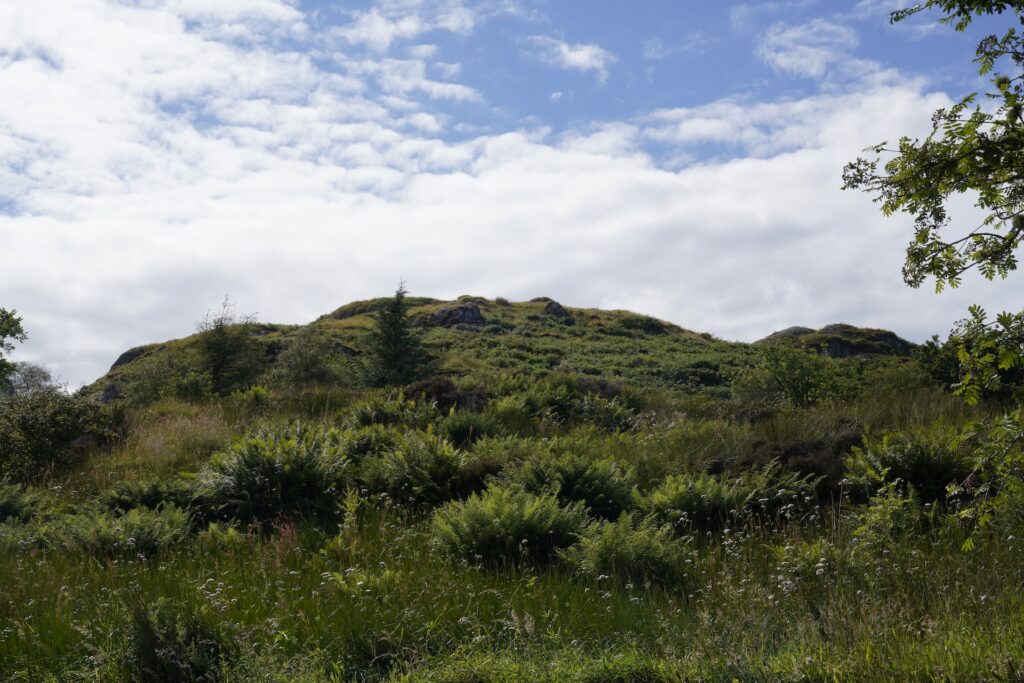
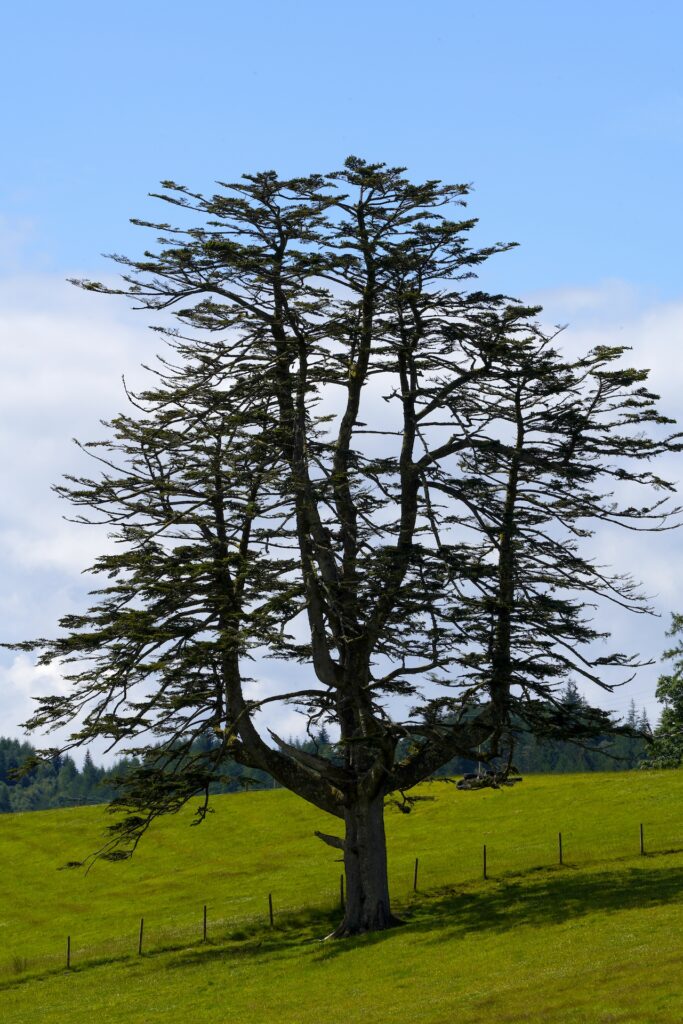
Ballymeanoch
Between Nether Largie and Dunadd stands a cluster of monuments at Ballymeanoch, including stone rows, a cairn, a henge, and a holed stone (which has broken into three pieces, with the actual holed fragment having been moved a short distance around fifty years ago.)
Achnabreck Carved Rocksheet
This site, to the southeast of Kilmartin Glen, features two sheets of rock carved with cup and ring marks including some concentric circles and spirals. The carvings are from two different periods in history and overlap each other in places – people carved right over the old carvings. Apparently this one of the most extensive rock art sites in Scotland. More rock carvings are nearby: Kilmichael Glassary Decorated Rocksheet and Cairnbaan Cup And Ring Marks.
Carnasserie
At the north end of the glen stands the very cool hilltop ruin of Carnasserie Castle. Built in the 1400s, this ruin includes incredible views from a balcony walk at the top of the north tower. Granted this ruin is from a period thousands of years after the ancient sites in the middle of the valley, but honestly it was our favorite castle ruin we visited and is worth your time. A Neolithic standing stone and a cairn are nearby. Continue past the castle down the dirt road for a few kilometers to reach another area of rock art known as Ormaig Rock Carvings.
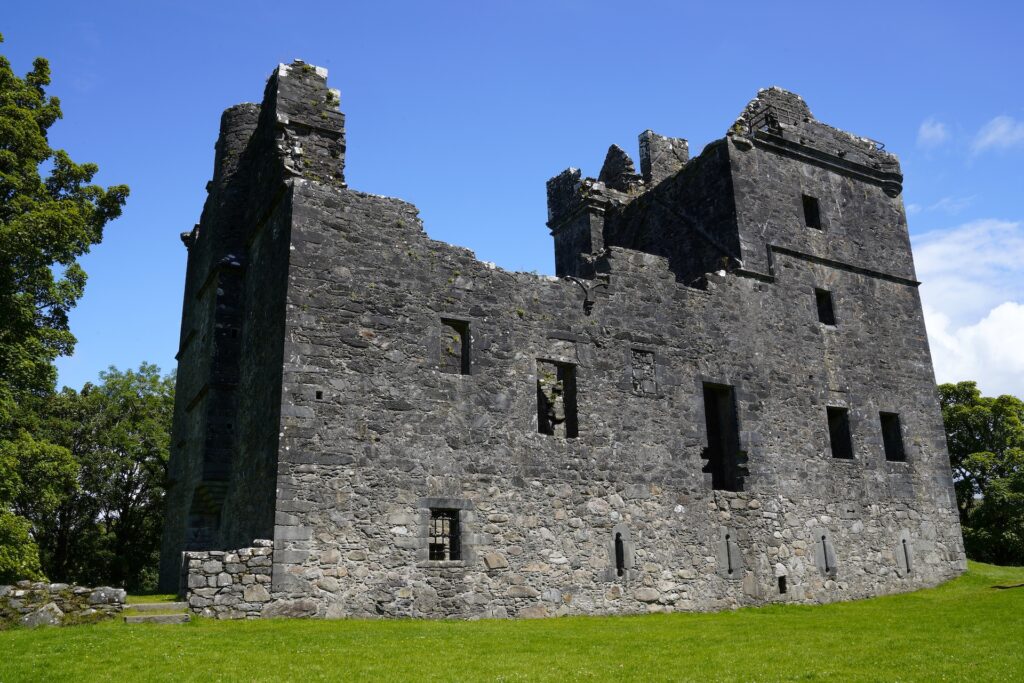
More In The Area
This is only a partial list of the hundreds of ancient sites scattered throughout Kilmartin Glen. With so many sights to see, consider staying nearby! We tried to get a room at Kilmartin Castle, but it was fully booked on the night we were interested in. Accommodations are also available in Lochgilphead, at the south end of the glen.
I cannot recommend a visit to Kilmartin Glen strongly enough if you’re at all interested in ancient history. The density and variety of sites, most of which are quite easy to access, makes this area an absolute treasure trove for those interested in discovering what the residents of this beautiful valley left behind for us to find!
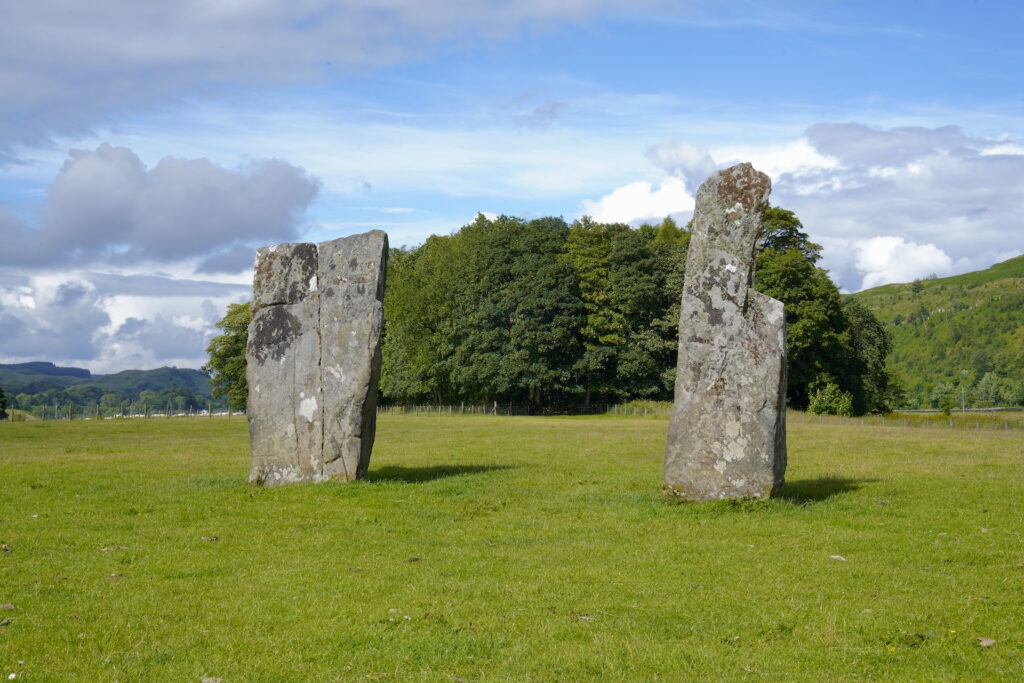
Links
https://www.historic-uk.com/HistoryMagazine/DestinationsUK/Kilmartin-Glen
For Info on specific Kilmartin sites:
https://www.ancient-scotland.co.uk/site/temple-wood
From here use the map and click on other nearby sites to learn more.
